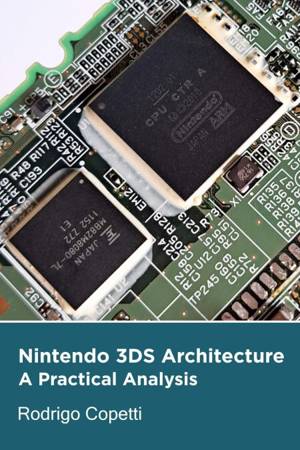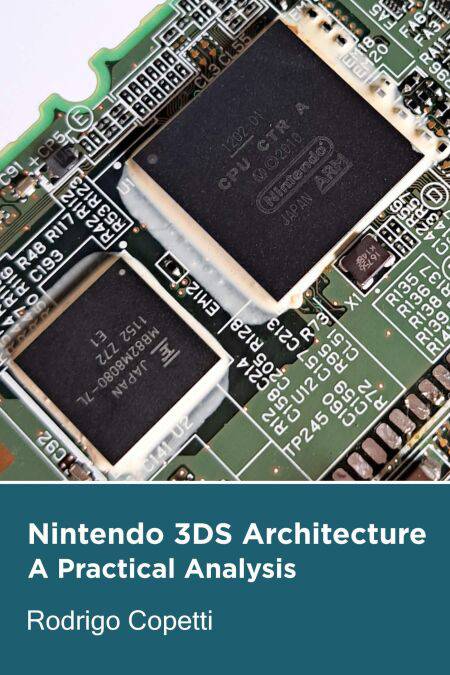
- Retrait gratuit dans votre magasin Club
- 7.000.000 titres dans notre catalogue
- Payer en toute sécurité
- Toujours un magasin près de chez vous
- Retrait gratuit dans votre magasin Club
- 7.000.0000 titres dans notre catalogue
- Payer en toute sécurité
- Toujours un magasin près de chez vous
Description
As smartphones surge in adoption, the videogame market is experiencing an unusual growth led by discount App Stores and affordable development licenses. With this, one can only wonder when kids will prefer an iPhone 4 over a Nintendo DSi.
In the midst of finding out the answer, Nintendo conceives a thrilling successor to its triumphant portable system. In it, users will find old, present and unfamiliar technology - many of which can't be replicated by smartphones.
And so, this new production of the Architecture of Consoles series will give you a profound description of how this new console works, both internally and externally.
Architecture of Consoles: A Practical Analysis
Looking at the evolution of video game consoles is fascinating. While conventional PCs tend to evolve 'incrementally', new generations of consoles introduce completely new ways of working. What you see here is a series of articles that will hopefully uncover the rationale behind the latest trends in technology. They will also demonstrate why each system can't be summarised by its 'bits', megahertz, amount of RAM and whatnot.
This is not a developer manual, just an in depth introduction to how each system worked internally. Bear in mind that tech has gotten really complicated lately, so if you struggle to follow my latest articles, try reading the early ones first. They introduce many concepts and definitions that are constantly revisited. Basic knowledge of computing is preferable, however, I try really hard to adapt my content for wider audiences, so please don't be afraid to give it a try!
About this edition
This edition originates from the article initially published on my personal website, it's been re-styled to take advantage of the capabilities of eBook documents.
While identical content-wise, interactive widgets have been simplified to work with a static environment - in other words, anything that physical pages allow us :), though these will offer a link to the original article in case the reader wants to try the 'full version'. Please keep this in mind when you see references to interactivity throughout the writings.
Spécifications
Parties prenantes
- Auteur(s) :
- Editeur:
Contenu
- Langue:
- Anglais
- Collection :
Caractéristiques
- EAN:
- 9798223395805
- Date de parution :
- 19-09-23
- Format:
- Ebook
- Protection digitale:
- /
- Format numérique:
- ePub

Les avis
Nous publions uniquement les avis qui respectent les conditions requises. Consultez nos conditions pour les avis.






